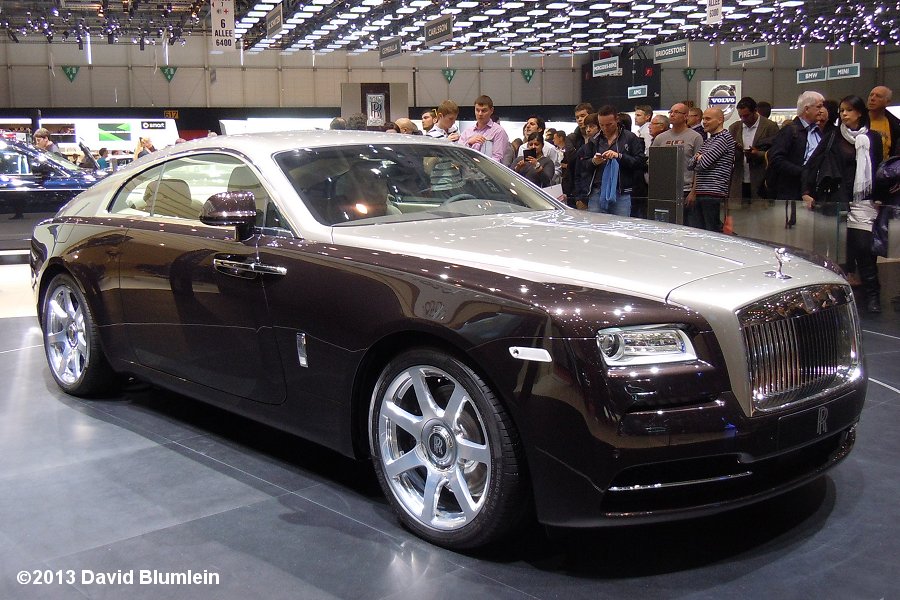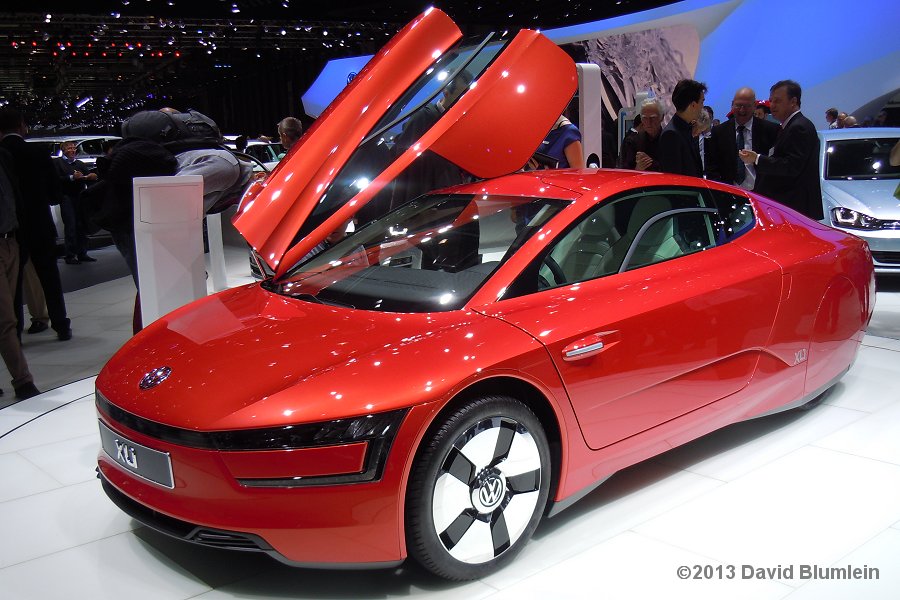It has been all go here at DDC Towers, Sebring last week and the Geneva Motor Show the week before. So catching our breath before press censorship is introduced here in the UK, we have the reflections of our Special Correspondent on the Swiss Show.
The Geneva Motor Show 2013 – “Some thoughts”
The Geneva Motor Show has grown to become one of the most important international automotive exhibitions in the world. It started in 1905 at a time when Switzerland was very reluctant even to embrace the coming of the motor car, setting speed limits of just 3-7 m.p.h. and introducing a law which forbade the use of motor vehicles on Sundays! Yet the show achieved world status by 1934 and in 1952 had toppled Brussels as the most important European event of its kind.
We can identify two factors that contributed to this success. First, Switzerland is one of the wealthiest nations on the earth. Secondly, Switzerland has had no proper motor industry of its own; Piccard & Pictet (Pic-Pic) of Geneva had gone by 1920 and Martini by 1934. Like Belgium, Switzerland became mainly an assembler of foreign cars, General Motors having a factory in Biel/Bienne from 1934 to 1975 and Chrysler assembling some 14,000 Plymouth Valiants and 4,500 related Dodge Darts among others in the AMAG plant at Schinznach Bad between 1948-75. There was the odd small manufacturer such as Monteverdi, and Saurer and FBW were prominent commercial vehicle makers. A few coachbuilders, Graber, Beutler and Gangloff for example, became famous names but there was nothing acting as major competition to the world’s big manufacturers. (However, we should not forget that Switzerland furnished the motoring world with three of its greatest designers: Marc Birkigt, Louis Chevrolet and Georges Roesch.)
Switzerland was thus an open free market par excellence and we find the big players often opting to launch their new models at Geneva which traditionally takes place in the early Spring, the time when the new comes to life.
Such has been the case for this 83rd Geneva Show and 2013 has been a bumper year for new car launches at the Palexpo centre which has housed the show since 1982
Among the newcomers were:

LaFerrari is Maranello’s successor to the Enzo. It is a petrol-electric hybrid with a combined 950 b.h.p. available, using a 6.2-litre V12 and 7-speed transmission driving the rear wheels. One electric motor supplies 161 b.h.p. to the wheels ; the other is used to power the ancillaries. They are charged by braking or from excess torque from the engine. Only 499 are to be made.
We saw the McLaren P1 first at the Paris Salon but this is the production version. It too is a petrol-electric hybrid, its twin-turbo 3.8-litre V8 contributing 727 b.h.p. to a combined output of 903 b.h.p. Just 375 cars are due to be constructed.

The new Rolls-Royce Wraith is the most powerful Rolls ever made. It has a 624 b.h.p. 6.6-litre V12 propelling it to a 0-60 m.p.h. time of 4.4 seconds, although Rolls-Royce do not see the car as a particularly sporting model.

The name recalls a car the company made before the war. The original Wraith was introduced in 1938 as a replacement for the entry-level 20/30 model and used a straight-6 o.h.v. engine but production was curtailed by the outbreak of hostilities. Its successor, the Silver Wraith, had the overhead inlet/side exhaust engine found in the early cars made in the newly adapted Crewe factory.
This new model has a shorter wheelbase and a wider rear track than its related Ghost and development work was carried out at the Nürburgring – notice the front opening doors!

Volkswagen’s amazing XL1 – 340 m.p.g. from an 803 c.c. turbo diesel and a 230-volt lithium-ion battery!
The story started when Ferdinand Piech ordered the development of a “one litre” car, implying 100 km from 1-litre of fuel. A carbon-bodied, tandem-seat single-cylinder prototype was created which Piech drove in 2003 from Wolfsburg to Hamburg at an average fuel consumption of 317.4 m.p.g. and a speed of 43.5 m.p.h. Further development, including replacing the impractical tandem-seating with a conventional side-by-side arrangement, has yielded this impressive result which boasts a drag co-efficient of only 0.189!

The car’s 2-cylinder engine which is effectively half of a Polo’s 1.6-litre turbo diesel.

The Austrian KTM X-Bow, introduced here five years ago, has finally acquired some doors, side-windows and a windscreen to become the X-Bow GT.

The wipers, screen-wash and heated glass are optional extras!

The Bentley Flying Spur may look similar to its predecessor but the aluminium and steel body is completely new. The car is powered by a 6.0-litre W12.

Two years after it appeared at Geneva in concept form, the Alfa Romeo 4C is now ready for production. It has a 1.8-litre 4-cylinder turbo, delivering 240 b.h.p. to the rear wheels via a paddle shift.

This is its carbon-fibre tub. The car will be built by Maserati in Modena.

Maserati has come up with a 4-seater version of its GranTurismo MC Stradale where the two rear seats replace the roll-cage. Carbon-fibre is used for some of the bodywork, for example the bonnet which now has an airscoop.

The Spyker name re-appeared at Geneva with this B6 Venator concept which has a mid-mounted V6 375 b.h.p. engine driving the rear wheels.

Lamborghini celebrated its 50th anniversary with this Veneno model based on the Aventador. The design focuses on aerodynamic efficiency and the chassis and outer skin are formed from carbon-fibre re-inforced composite materials. It also has four-wheel drive and racing style pushrod suspension. Only three are expected to be made.
David Blumlein, March 2013

